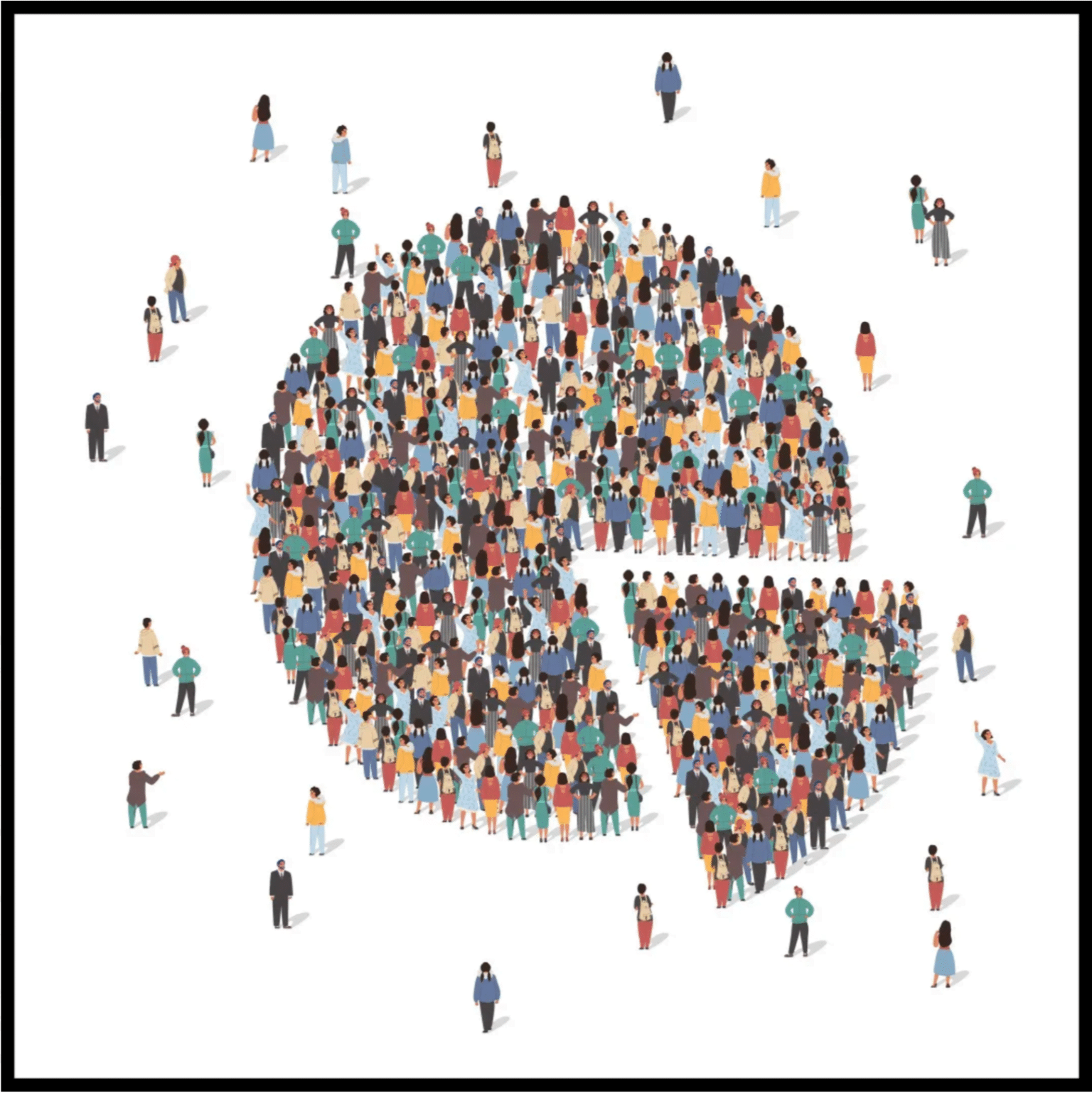8 billion… Hard to believe, right? The world’s eighth billionth human inhabitant is expected to be born sometime tomorrow, the 15th of November 2022, according to the UN Secretary-General António Guterres.
“This is an occasion to celebrate our diversity, recognize our common humanity, and marvel at advancements in health that have extended lifespans and dramatically reduced maternal and child mortality rates,” the Secretary-General said in a press release.
“At the same time, it is a reminder of our shared responsibility to care for our planet and a moment to reflect on where we still fall short of our commitments to one another,” Guterres said. It’s estimated that around 385,000 babies are born worldwide every day. That’s about 267 babies a minute.
The UN projects Earth’s population to be 8.5 billion people by 2030, 9.7 billion by 2050 and 10.4–11 billion people from 2080 to 2100 — where the human population is expected to peak. What’s more, India is expected to surpass China as the world’s most populated country sometime next year, according to the World Population Prospects 2022. But interestingly, the global population is growing at the slowest rate since 1950, declining by 1 per cent during the 2020 period. And this trend has some researchers concerned.
- Advertisement -

Declining fertility rates
It’s a fact of the current state of the world — people are having fewer babies and less sex. A recent study from the U.S. looking at data from 2009 to 2018 showed a decline in all forms of “partnered sexual activity” among people aged 14 to 49 years old.
According to the UN, two-thirds of the global population lives in a country or area “where lifetime fertility is below 2.1 births per woman.” This is roughly the level required for zero growth of a population over time. And these demographic projections are accurate — very accurate, according to John Willmoth, the UN’s population division director. “It has to do with the fact that most of the people who will be alive in 30 years have already been born.”
It’s unclear as to the exact cause of this trend. But factors like stagnating wages (children are expensive), more women entering the workforce, increasing use of contraception and general economic uncertainty are likely playing a role, Business Insider reports.
“Further actions by Governments aimed at reducing fertility would have little impact on the pace of population growth between now and mid-century, because of the youthful age structure of today’s global population,” says John Wilmoth, Director of the Population Division of the UN’s Department of Economic and Social Affairs.
“Nevertheless, the cumulative effect of lower fertility, if maintained over several decades, could be a more substantial deceleration of global population growth in the second half of the century.” — John Wilmoth.

Population impact
Although the declining rate of population growth may have economists concerned, climate change activists and environmentalists are likely to see this trend as a net positive for the planet. The World Counts estimates that to sustain the current world population, we need around 1.79 planets’ worth of resources to provide for us all. And by 2030 — we’ll need 2 planets worth.
“If Earth’s history is compared to a calendar year, modern human life has existed for 37 minutes and we have used one-third of Earth’s natural resources in the last 0.2 seconds,” according to The World Counts.
Currently, Earth’s inhabitants are consuming:
- Advertisement -
- Biomass: 22.5 billion tonnes
- Fossil fuels: 15 billion tonnes
- Metal ores: 9.1 billion tonnes
- Non-metallic minerals: 41.7 billion tonnes
This is obviously concerning. However, average life expectancy has also more than doubled since the 1900s — adding more concern into the mix for the planet.
There are more of us and we’re living longer than ever before. Average life expectancy — pre-the modern world — was around 30-year-of-age. But now, we’re averaging above 70 years. And how we choose to respond to this change could mean the difference between life and death for future generations; the only way forward seems to be sustainability above all else.




